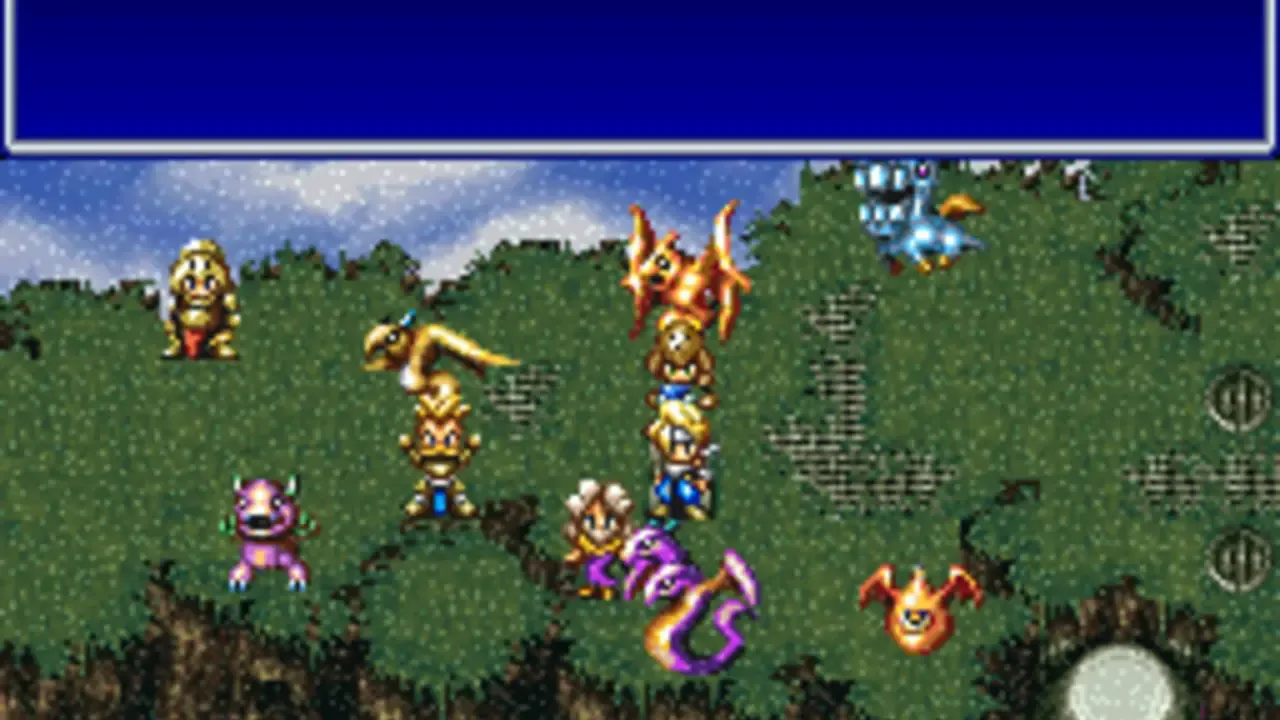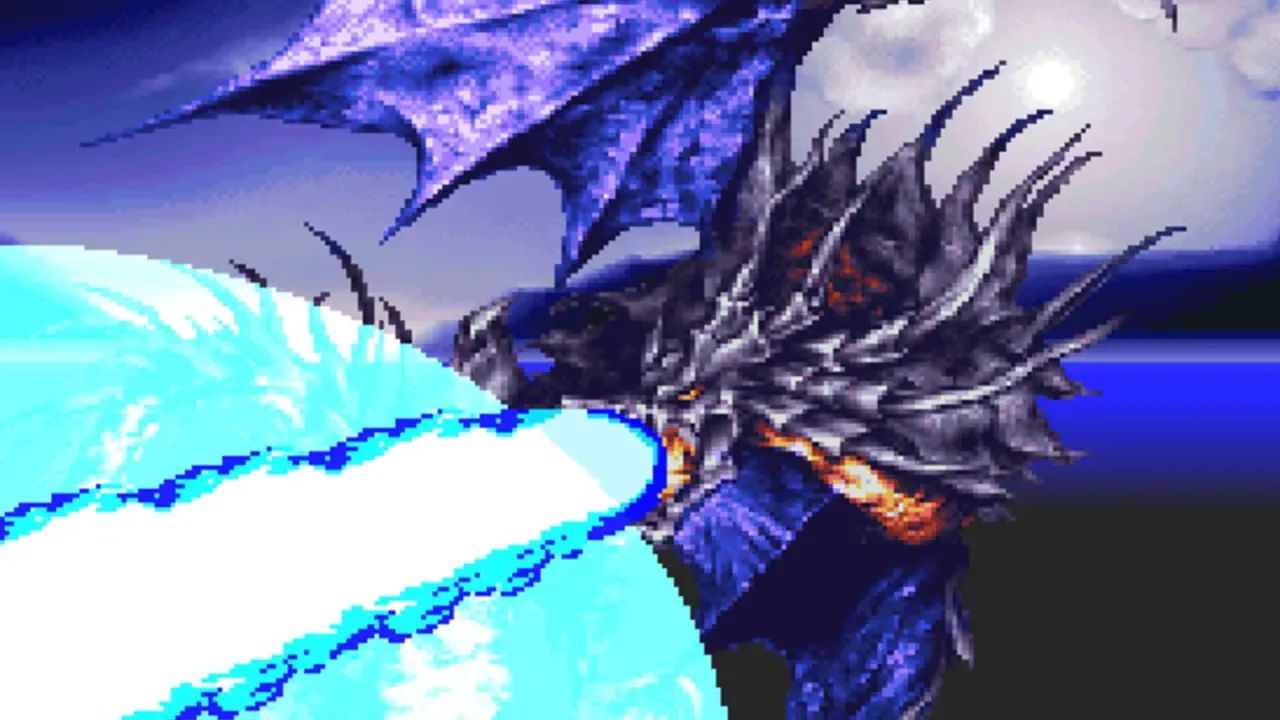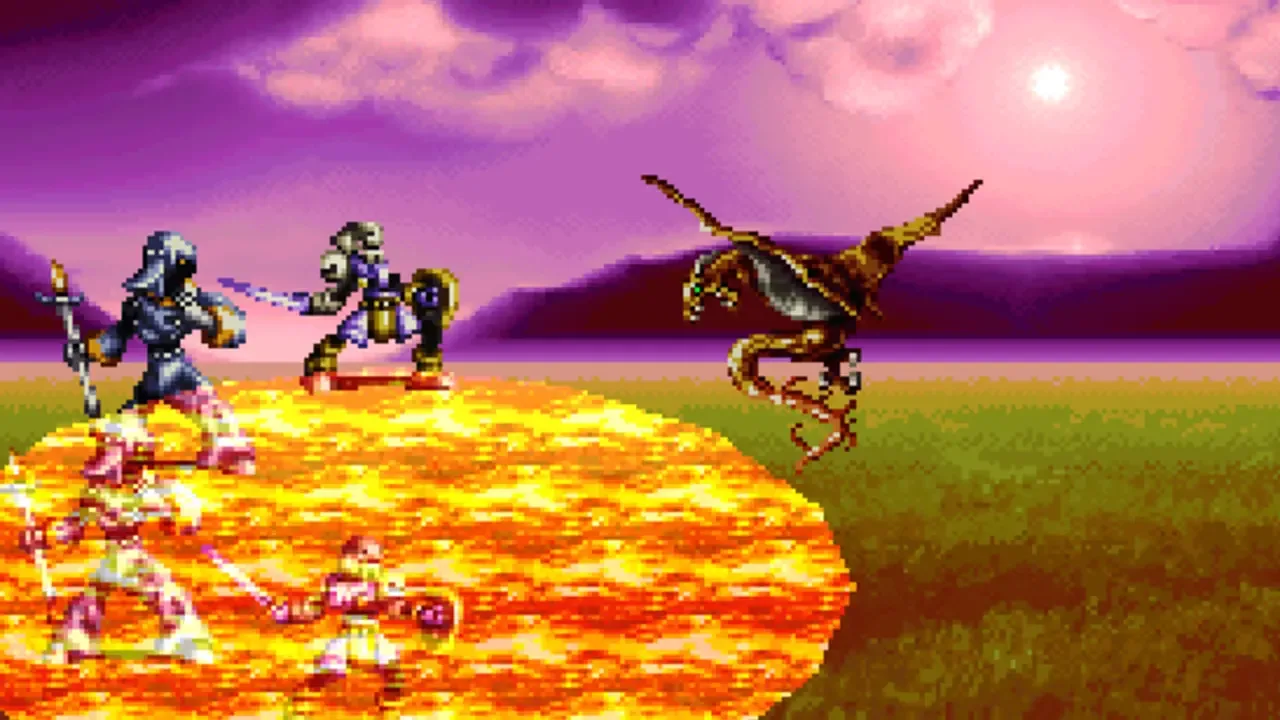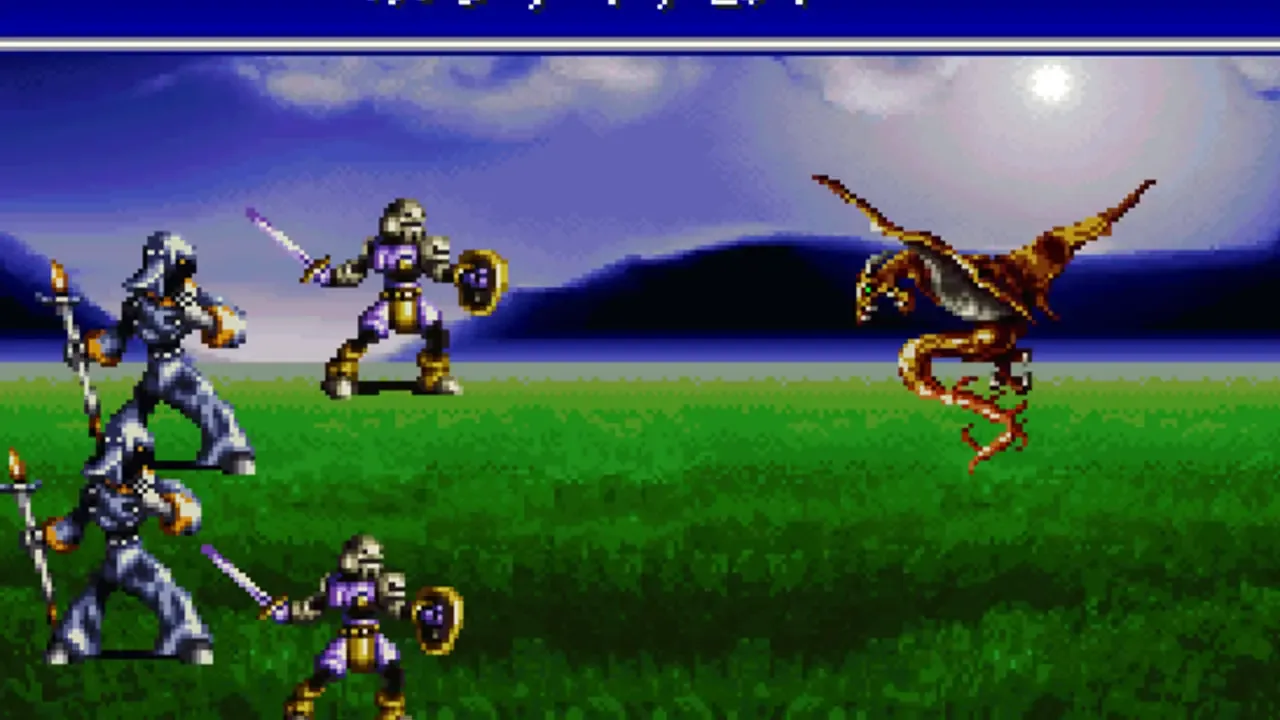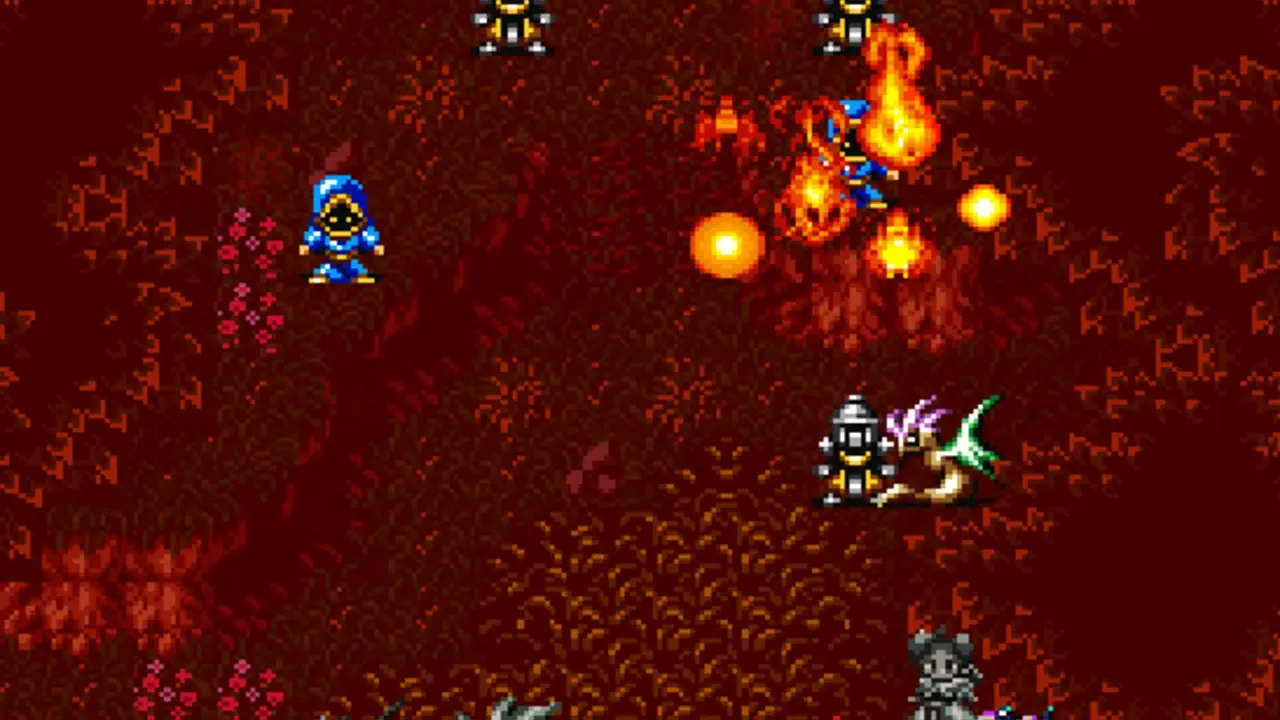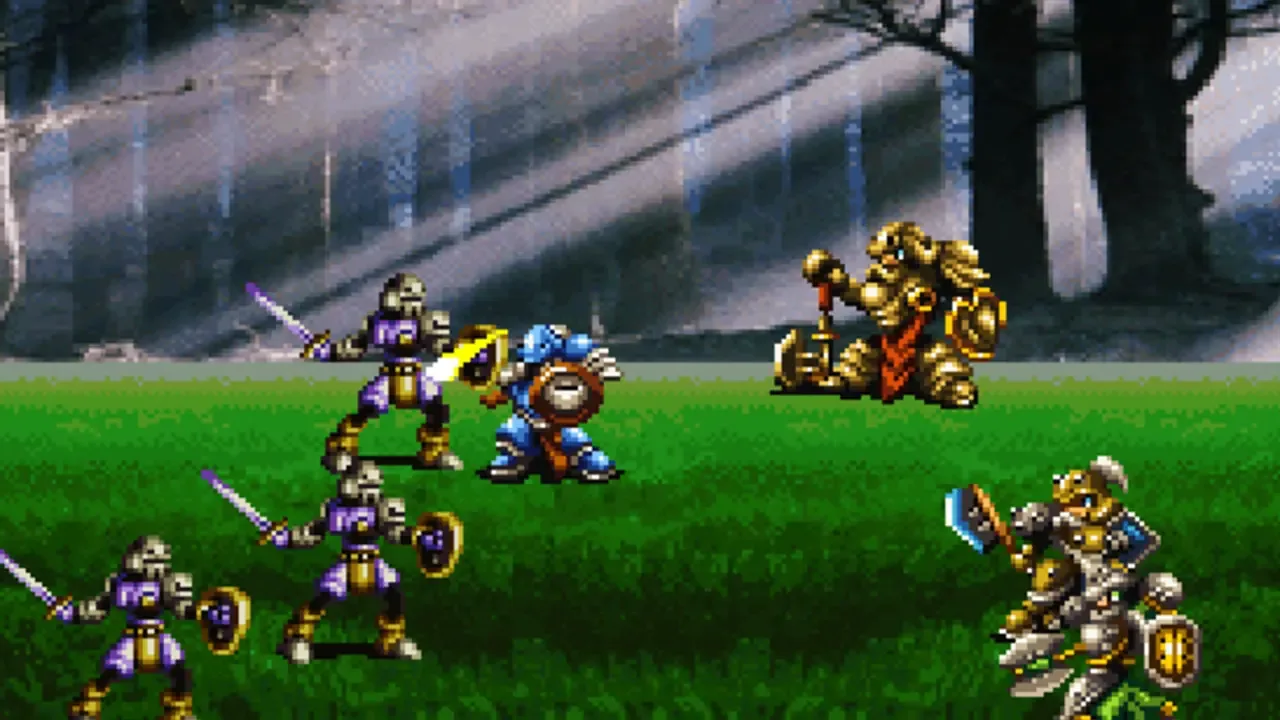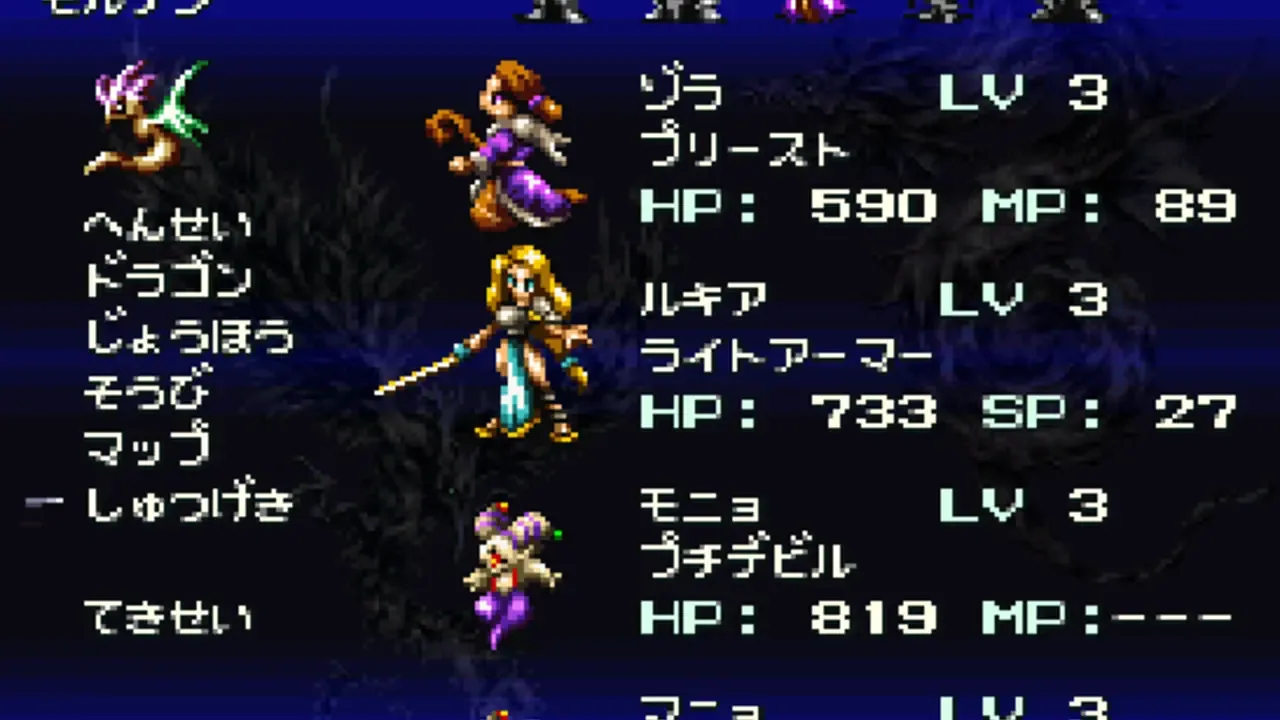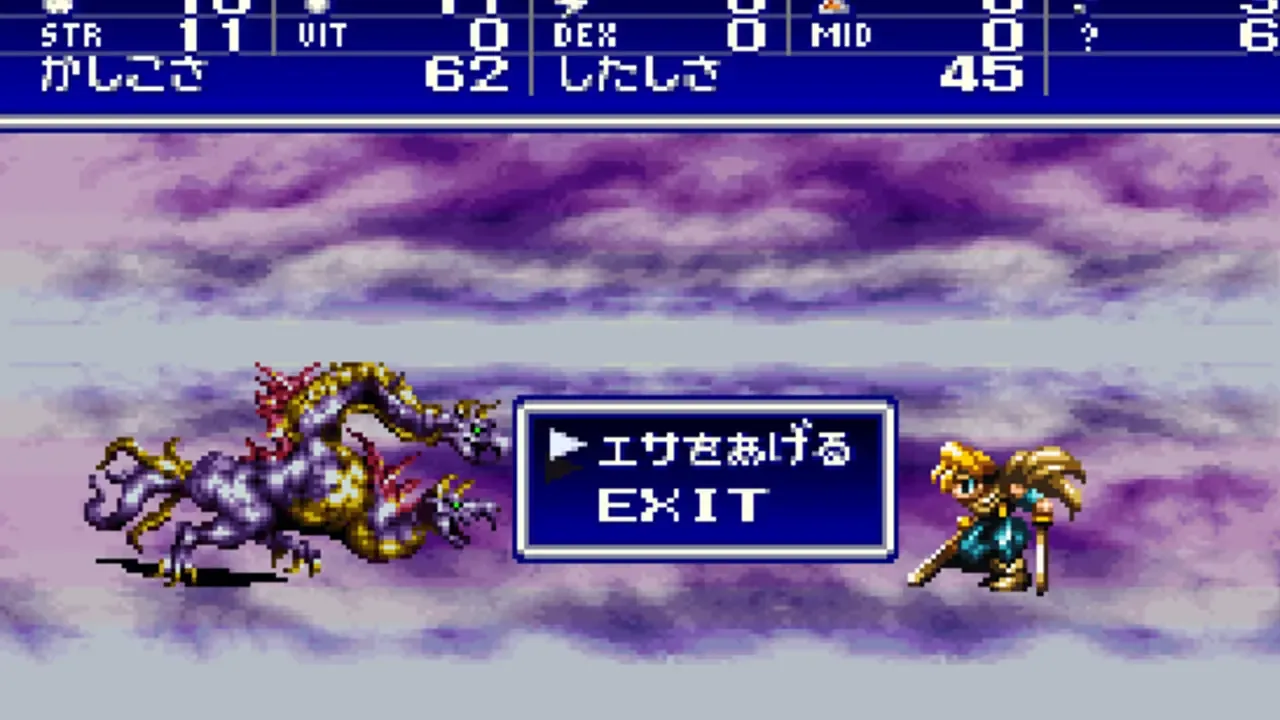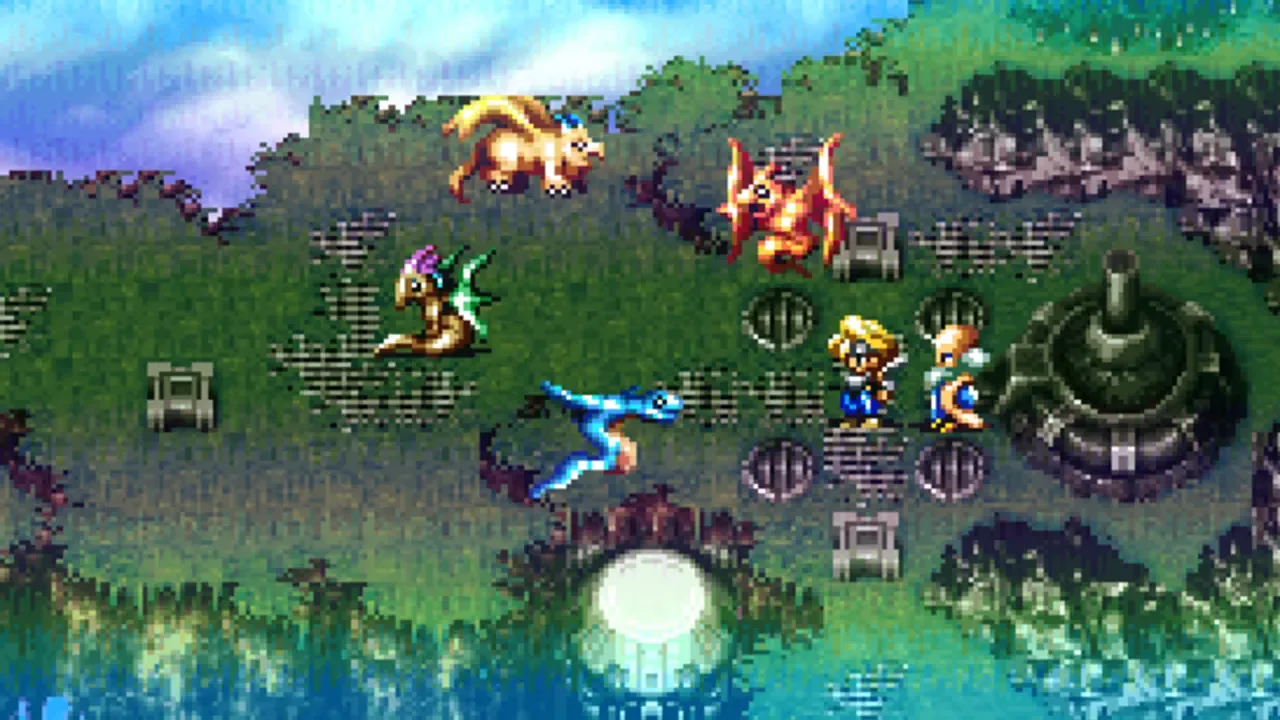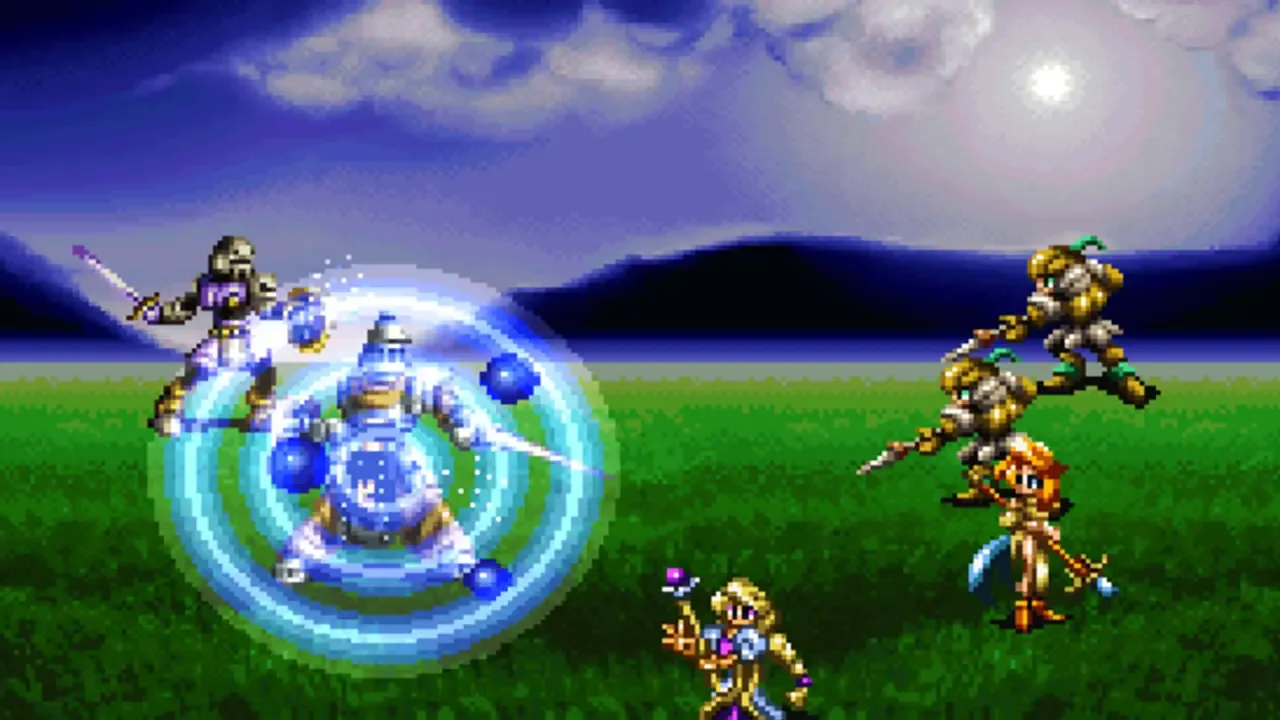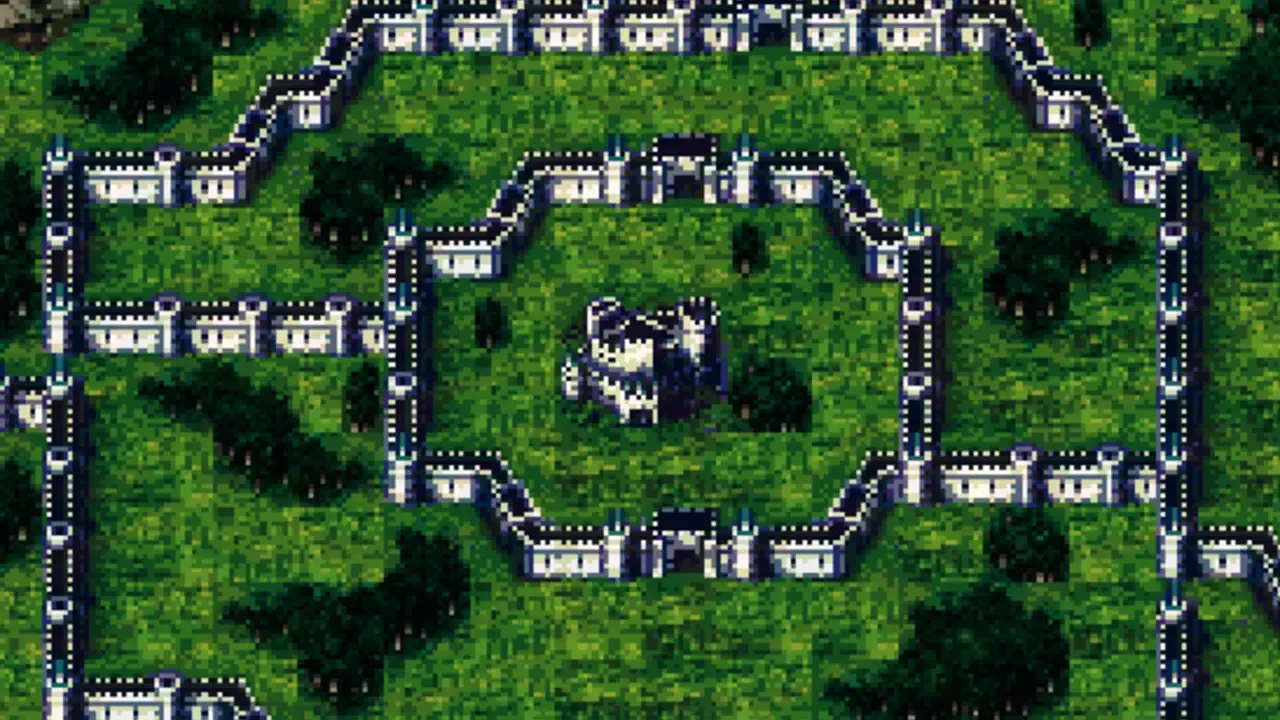Bahamut Lagoon

Buy
Could be interesting

The world is in ruins. Only a remnant of mankind remains, hunted to near extinction by horrors from another world. As one of the few survivors left, you will venture into portals to fantastic realms to gather the resources and firepower needed to fight back and retake what was lost. Remnant: From the Ashes is a third-person survival-action game set in a post-apocalyptic world overrun by mythical creatures. The game provides players and up to three of their friends with a unique, customizable gameplay experience filled with intense shooting and melee combat, gear and weapon crafting, character progression and dynamically-generated levels that offer an infinite number of ways to explore and take on deadly monsters and epic bosses.
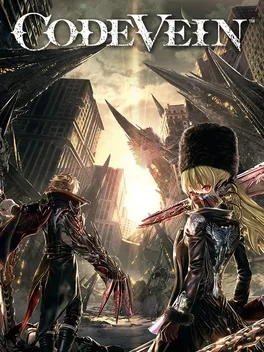
Code Vein is set in the not too distant future where a disaster has brought the world to ruin and vampire-like beings battle for dominance.
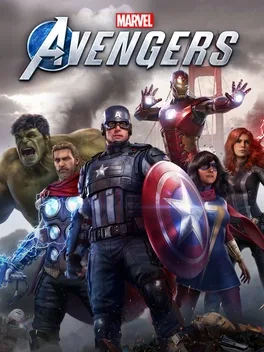
Marvel’s Avengers is an action-adventure game developed by Crystal Dynamics and published by Square Enix in 2020. It features both a single-player campaign and multiplayer missions, combining narrative-driven gameplay with cooperative online play. The story follows Kamala Khan as she reunites the Avengers after a catastrophic event. Players can control multiple heroes, each with unique abilities and skill trees.
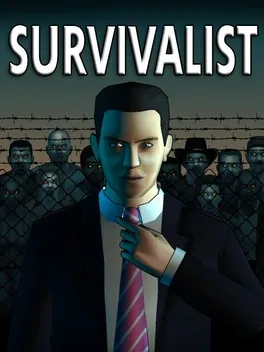
It's one year after the collapse of civilization and self-centered hedge fund manager Joe Wheeler emerges from his specially constructed bunker in search of food. This is a huge open-world RPG where you have the freedom to play how you want - but your choices have consequences. Your aim is to find other survivors, gain their respect, and build a community. You'll scavenge for supplies, trade, plant crops, go on quests, face moral dilemmas, go to war, and uncover dark, terrible secrets!
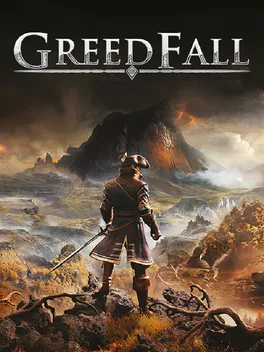
Explore a fresh new world as you set foot - alongside many other settlers, mercenaries and treasure hunters - on a remote island seeping with magic, rumored to be filled with riches and lost secrets. GreedFall aims for a very unique visual identity, inspired by Baroque art from 17th Century Europe, depicting grandiose sceneries in muted warm colors and dark undertones. A grand journey filled with mystery follows, as you find yourself in the middle of ever-increasing tensions between the invading settlers and the locals, protected by supernatural beings, manifestation of the island's earthly magic. With a strong focus on its core RPG identity, GreedFall follows Spiders’ experience in building intricate worlds filled with mysteries to discover, weaving deep character interactions, and offering players great freedom to achieve quests and objectives in a multitude of different ways – through combat of course, but also through diplomacy, deception or stealth.
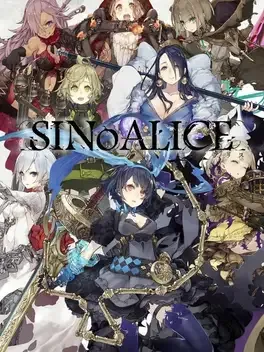
A Japanese mobile game directed by Yoko Taro. It is developed by Pockelabo and published Square Enix.
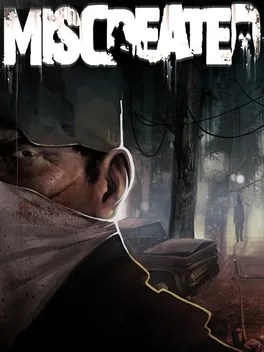
Miscreated is a multiplayer online hardcore survival game set in a post-apocalyptic future. You will need to survive against mutants, players, and even mother nature herself.
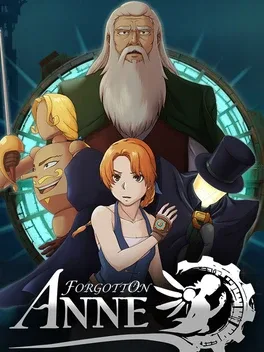
Forgotton Anne is a 2d cinematic adventure game combining puzzle platforming with adventure game elements. You play as Anne, the enforcer keeping order in the Forgotton Realm, as she sets out to squash a rebellion that might prevent her master, Bonku, and herself from returning to the human world. The World of Forgotton Anne: Imagine a place where everything that is lost and forgotten goes; old toys, letters, single socks. The Forgotten Realm is a magical world inhabited by Forgotlings, creatures composed of mislaid objects longing to be remembered again.

Here, order is maintained by the Church of Seiros, which hosts the prestigious Officer’s Academy within its headquarters. You are invited to teach one of its three mighty houses, each comprised of students brimming with personality and represented by a royal from one of three territories. As their professor, you must lead your students in their academic lives and in turn-based, tactical RPG battles wrought with strategic, new twists to overcome. Which house, and which path, will you choose?
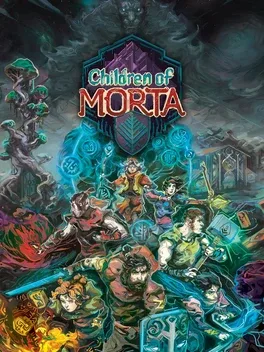
Children of Morta is a narrative driven hack and slash roguelike. Take on the role of a member of the Bergson family, the Guardians of Mount Morta, as you fight desperately against the Corruption. Experience not only what it means to be a hero, but to be part of a family that bears the weight of the mountain together.












